Eurozone PMI manufacturing dropped to 51.5 in November, down from 52.0, missed expectation of 52.0. That’s the lowest reading in 30 months. PMI services dropped to 53.1, down from 53.7 and missed expectation of 53.6. That’s the lowest reading in 25 months. PMI composite dropped to 52.4, down from 53.1, lowest in 47 months.
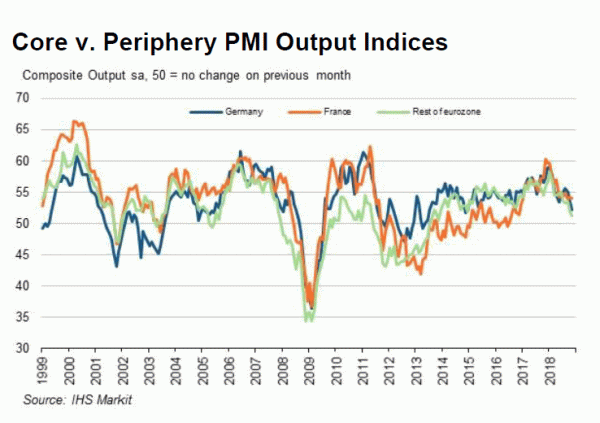
Commenting on the flash PMI data, Chris Williamson, Chief Business Economist at IHS Markit said:
“The cooling of Eurozone business growth to a four-year low adds to signs that the economy faces a disappointing end of the year.
“Manufacturing remains the main area of weakness, linked in part to having been hit hard once again by deteriorating exports. The slowdown is also being temporarily exacerbated by persistent disappointing car sales. However, November also brought further signs that the manufacturing-led slowdown is spilling over to services, as consumer and corporate demand was often reported to have weakened in the face of headwinds such as rising political uncertainty, tighter financial conditions and higher prices.
“As such, the survey data suggest that the weakness of GDP in the third quarter may not have been a blip, and that the underlying trend is one of slower economic growth. The PMI readings so far in the fourth quarter are indicative of 0.3% GDP growth, with forward-looking indicators such as new orders and future expectations remaining worryingly subdued.
“Although the elevated levels of the survey price gauges will give some encouragement to the ECB in relation to firmer inflationary pressures, the disappointing business activity readings will add to concerns that risks to the growth outlook have become increasingly skewed to the downside.”
Full release here.




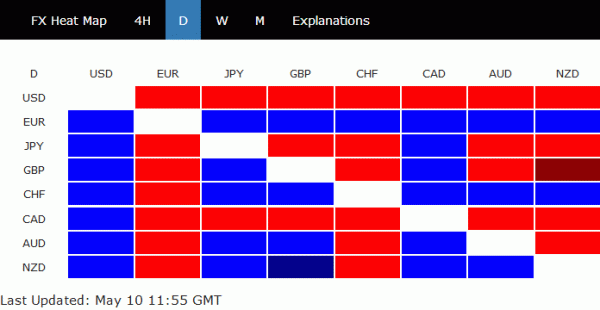
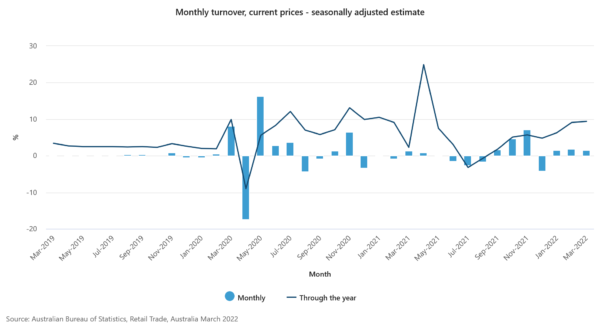
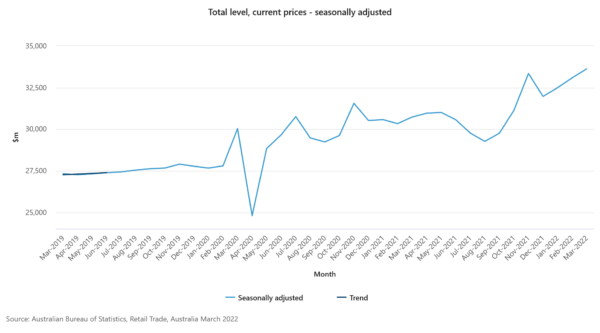
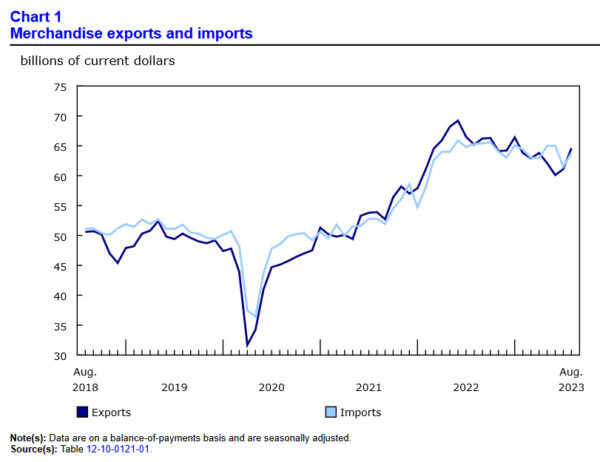

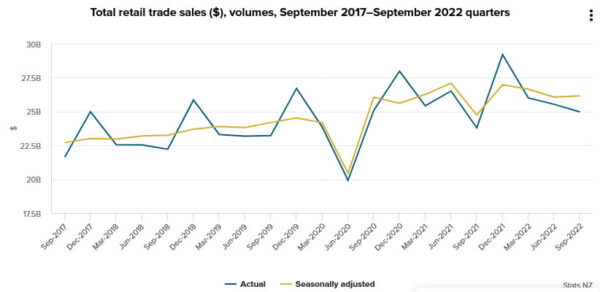
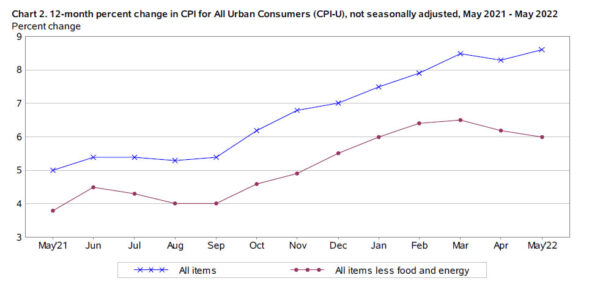
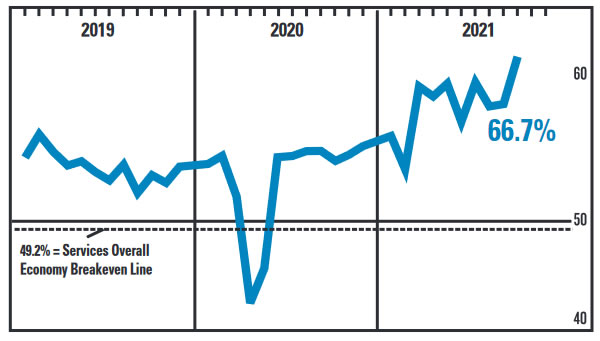
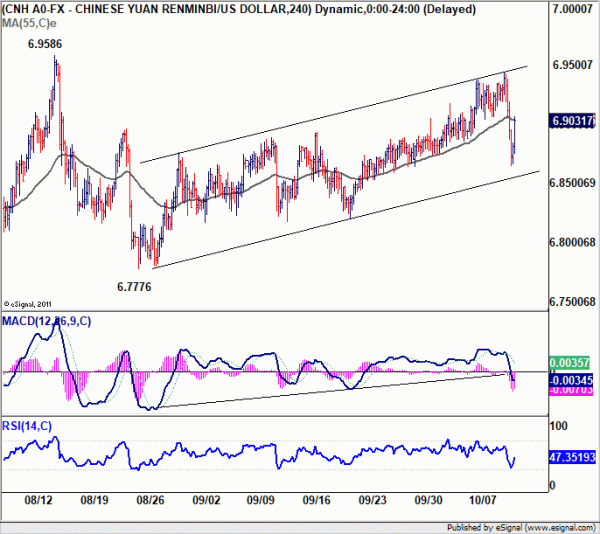
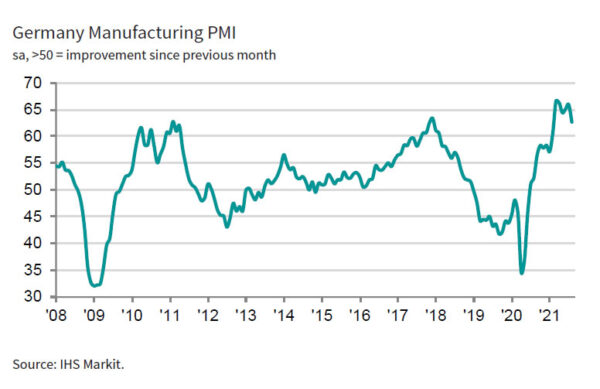

DOW, S&P 500, NASDAQ not out of the woods yet despite relief rally
Major US equity indices followed other global indices and rebounded strongly overnight on easing trade war fear. DOW closed up 428.90 pts or 1.79% at 24408.00. S&P 500 rose 43.71 pts or 1.67% to 2656.87. NASDAQ also gained 143.96 pts or 2.07% to 7094.30.
However, we’d like to note that all three indices are bounded in recent consolidative pattern started last March/early April.
DOW, despite yesterday’s rise, is staying below last week’s high at 24622.26, below 55 day EMA at 24591.41. It’s also limited below near term falling trendline at around 24722.90. This 24600/700 zone is the key resistance zone to overcome for the near term. As long as it holds, current rebound is seen as part of a consolidation pattern from 23344.52. Once this consolidation completes, there will be another decline through 23344.52 to resume the fall from 26616.71. Firm of the 24600/700 zone will delay the immediate bearish case and bring stronger rebound back towards 25800.35 first.